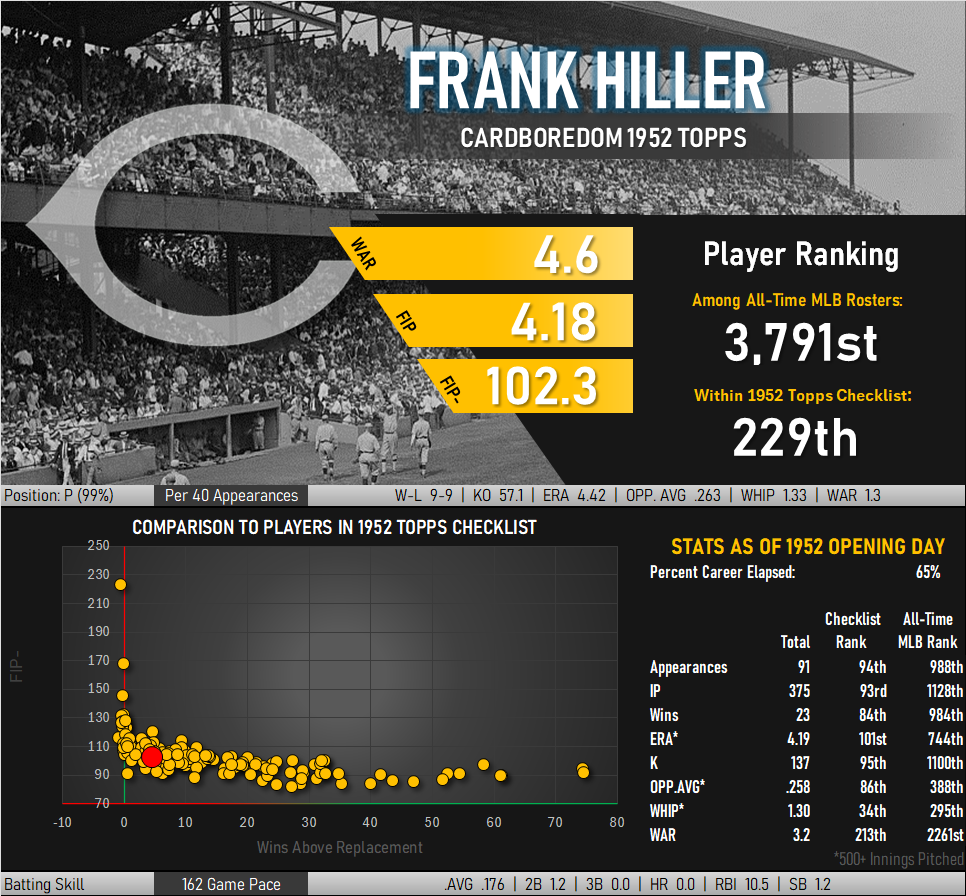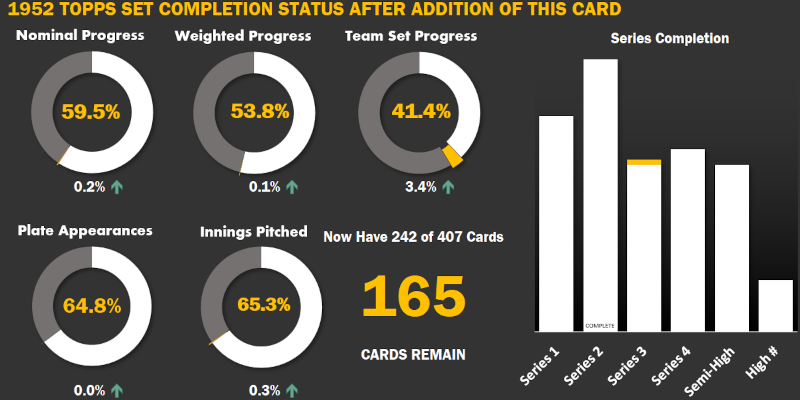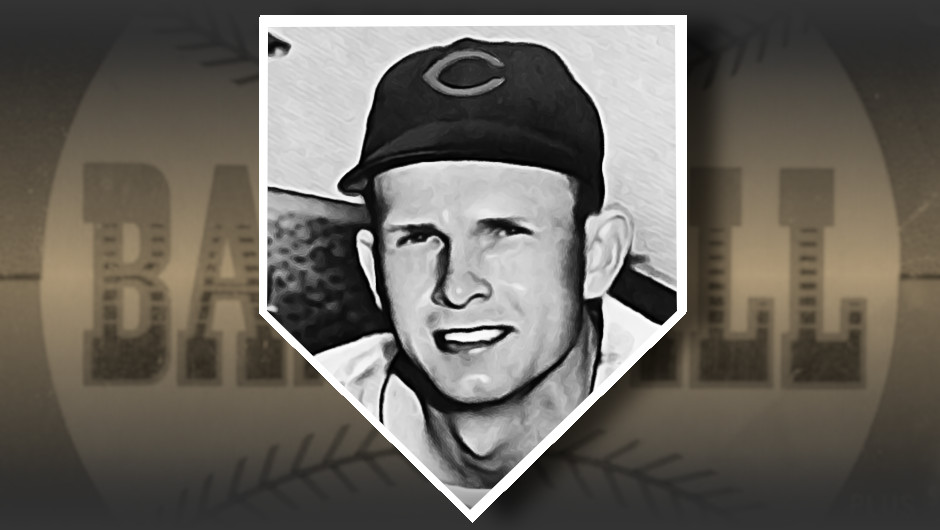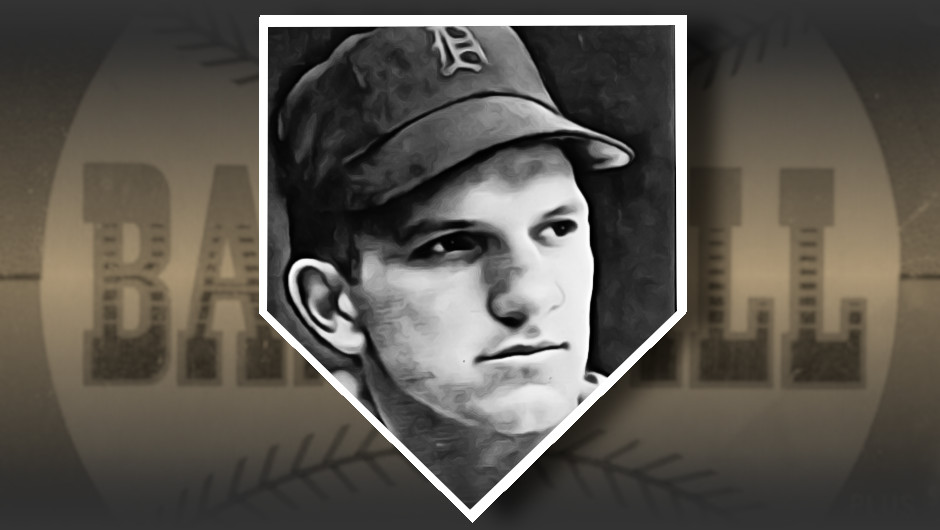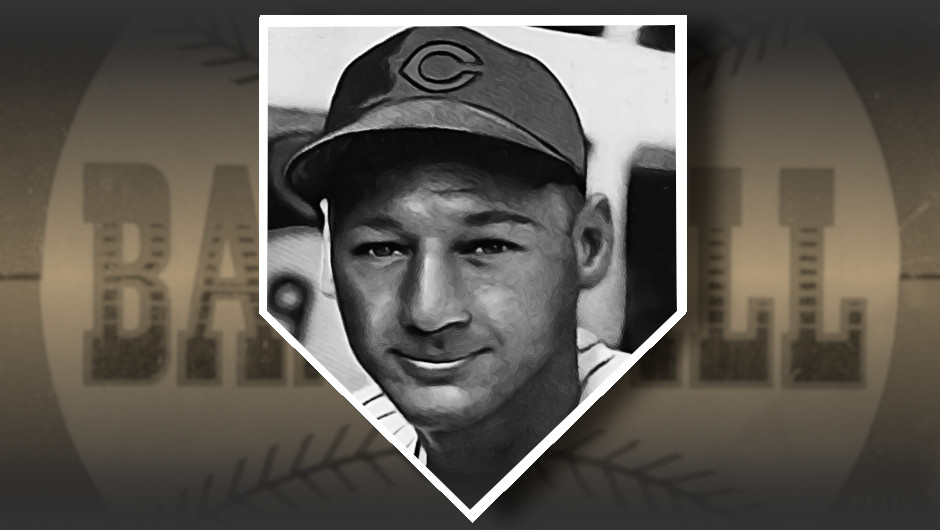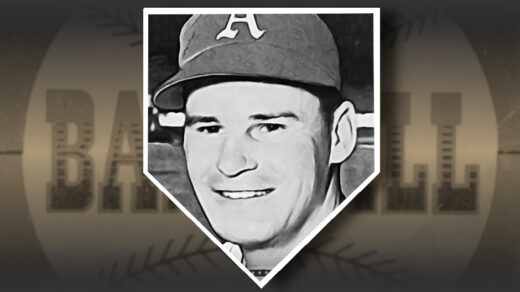Following a degradation of seller quality in late 2023 I began to significantly reduce sourcing cards from eBay. This was one of the later purchases, and in true eBay fashion, arrived with its own issues. The card itself is exactly as described, was adequately packaged, and arrived perfectly on time. The issue? It was pretty clear the seller was either a drug dealer or an extremely heavy pot user. Weed-themed seller name? Check. A padded envelope that could be detected solely by smell from 50 yards away? You bet. A possible double-entendre in the accompanying “I have more things for sale” message? Interesting. It would not surprise me if a postal inspector had peeked at the card before it was slotted into my mailbox.
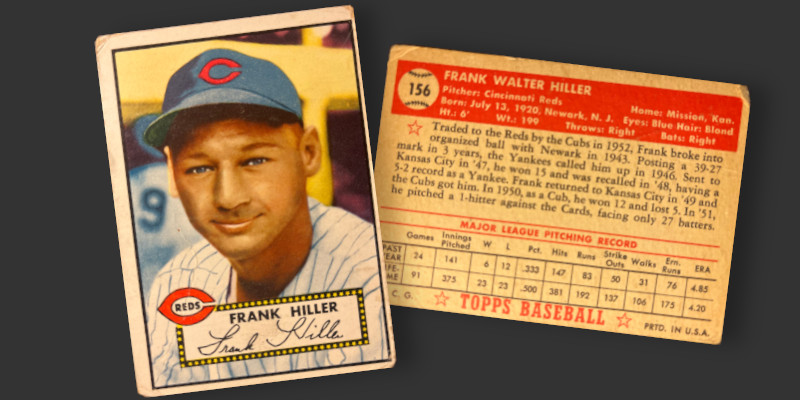
This is one of several ’52 Topps that mention trades taking place the same year the card was made. Frank Hiller was shipped from the Chicago Cubs to the Cincinnati Reds in January in exchange for Willie “The Knuck” Ramsdell. A Cincinnati logo was duly painted onto Hiller’s image and the familiar Reds “C” is affixed to the nameplate on the front.
Some decidedly non-Cincinnati pinstripes are seen on Hiller’s jersey. With Hiller having just left the Cubs, the team that first brought this design element to baseball uniforms, my initial assumption was the photo dated from his tenure with the team. Could the player wearing #9 in the background be slugger Hank Sauer?
Further study revealed that Chicago had abandoned pinstripes in favor of solid hues more than a decade earlier. This would imply an older photo, likely dating to Hiller’s 1946-1949 service with the New York Yankees. Who wore #9 for New York? Joe DiMaggio! Excitement briefly flashed across my face at the thought of DiMaggio making a cameo appearance in the ’52 Topps set. This proved short-lived after realizing that he only used this number in his 1936 rookie season. Further (i.e. better) research revealed the names of three Yankees donning #9 during Hiller’s stint with the team. The identity of the mystery man was narrowed down to Nick Etten, George McQuinn, or Charlie Keller.
Frank Hiller may be the best known player on the card after all.
As a player, Hiller presents an interesting picture. He was a phenomenal minor leaguer, appearing in the conversation for MVP honors before being called up to the Yankees. A return trip through the PCL at the end of his career saw him among the league leaders in several categories. The big leagues were less spectacular with much of his work taking place via infrequent bullpen assignments. Brief appearances in the starting rotation were cut short by a series of injuries involving his arm, back, legs, and even his nose.
Setting the injuries aside, here we have a player who excels against lesser competition and struggles against top level opponents. His stats show a more or less average player but the outcome of any particular matchup was dependent on the skill of the batter he is facing. He held non-Hall of Famers to a respectable .256 batting average. Those in Cooperstown batted almost 60 points higher, a figure that includes pitchers.
I’m not quite sure what to make of that.
